After having had a lot of fun last year, we are very motivated to take part in this year’s Eurobot competitions. The topic this year is Sail the world. Our main robot should be able to bring buoys into the harbour, separate them by their colour, hiss a flag and estimate its own performance. The other bot should switch on a self made lighthouse and lift up two windsocks. After completing these tasks, both robots should anchor towards the right zone, as will be indicated by the weather vane.
In the short time since our first meeting we already established our Hardware and Software teams. Our software is written in two main languages. The code to interface and to access the hardware is written in C++. The code for our strategy and web server is written in Python to make it more flexible. And of course we’re using Arduino boards for both robots.
We also managed to agree on a first strategy in order to model the robot. First we want to go with the main robot for the five public buoys by building a four fingered arm which can be used to drop the buoys one by one after we’ve checked their colour by the PSEye. To hiss the flag at the right moment we just plan to program a time counter, which activates a lifting block. The PSEye cameras are also used to keep an eye on the weather vane, to check at which harbour the robots must anchor. After a period of 50 seconds the pictures get evaluated and the result is sent to the other bot by a NRF24. While moving in the arena our central tracking device on the top realises the Aruco tracking markers on the bot and the beacons to calculate its position in the arena and to transmit it to the second bot. The task of the second bot is to hit a button to light the lighthouse. For the lighthouse in which we want to use a linkage or rack-wheels and to have an extending arm while passing the windsocks to lift them up. But up to now, these are only ideas. The little bot sends a validating signal to the big bot after having finished each of its tasks so that the big bot knows how to estimate the overall achieved points better. And can at last drive as well into the right ending zone.
Now some more technical details about the bots:
• Main bot: two PSEye cameras, six ultrasonic sensors, two motors with encoder, one Intel NUC, a RPLidar and a lot more
• Second bot: two stepper motors, two stepper controllers (TB6600), two lithium polymer batteries with their cases, one Arduino Mega and a NRF2401(+).
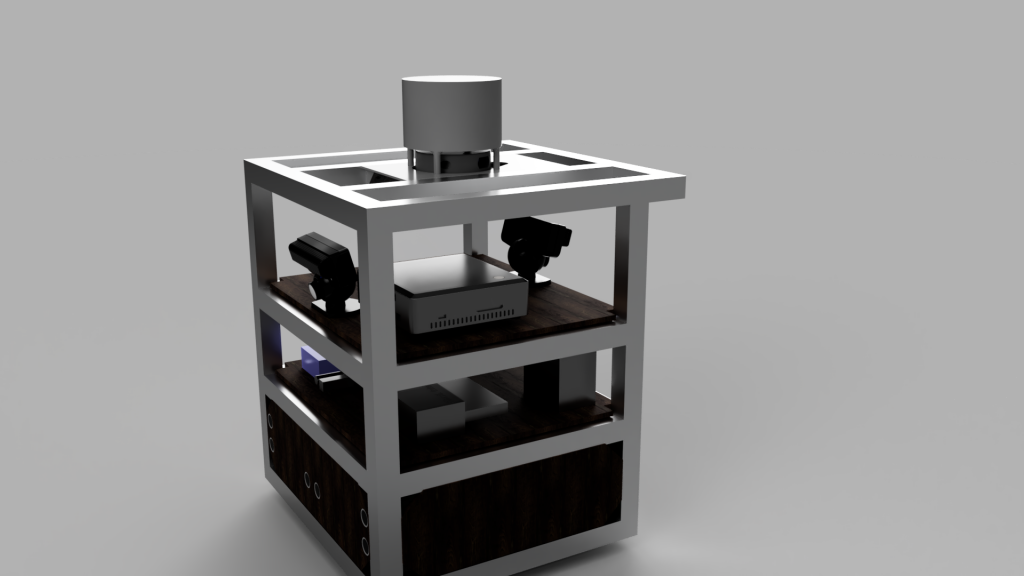
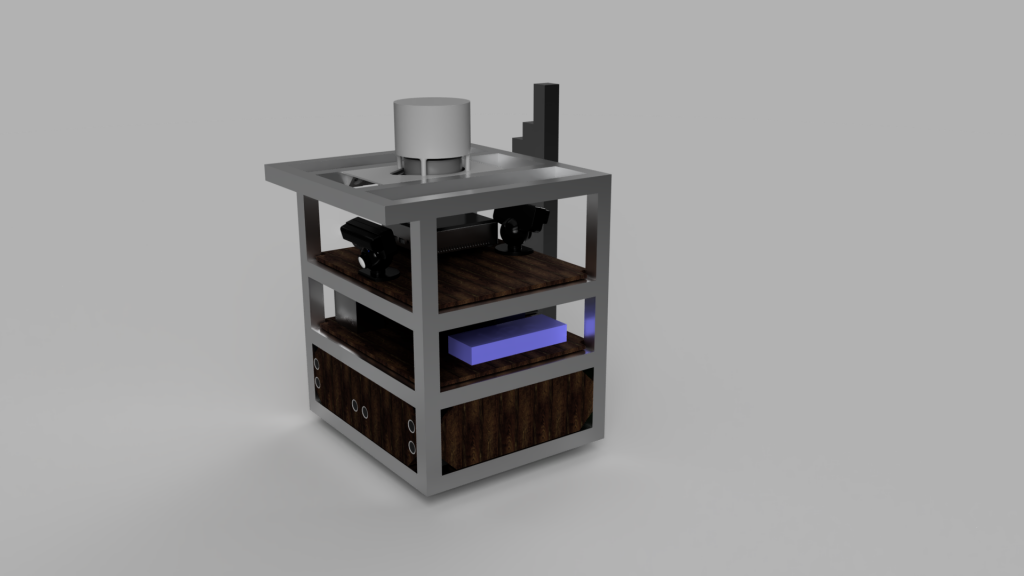
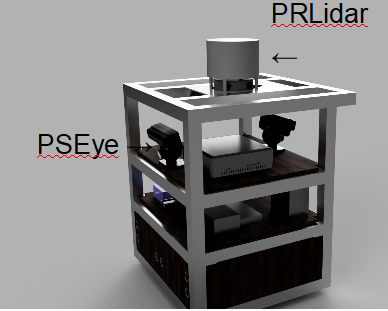
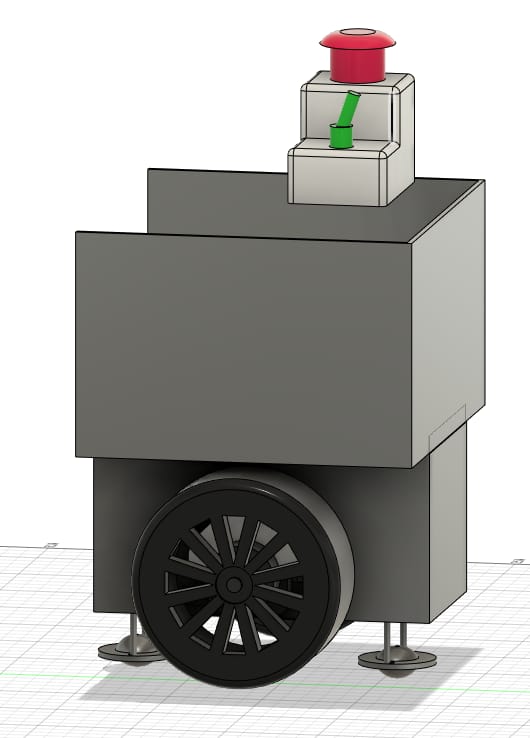
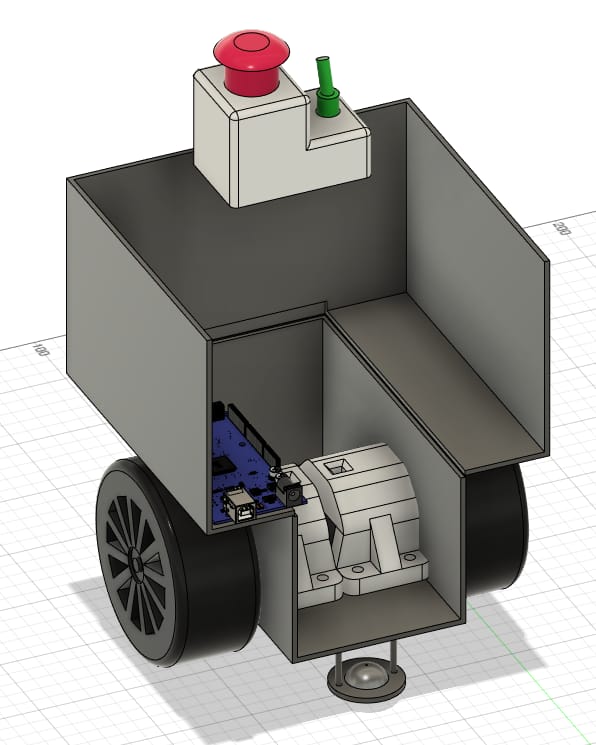
This year and for the first time in MAI history we are going to have an arena built by a craftsman in order to train our robot properly.
So to all teams out there, listen: WE WILL BE PREPARED!
(author: Tjorben)

